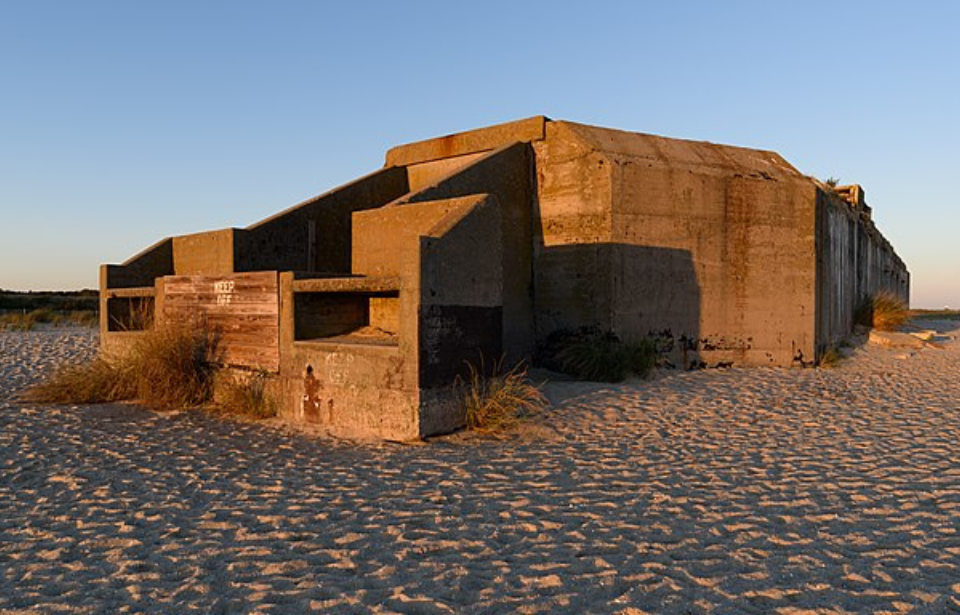Visitors who’ve walked along the beach at Cape May Point State Park, in Lower Township, New Jersey, have likely encountered a reinforced concrete structure dating back to World War II. This dilapidated building, once a bunker known as Battery 223, serves as a reminder of the conflict that unfolded decades ago.
Improving America’s coastal defenses
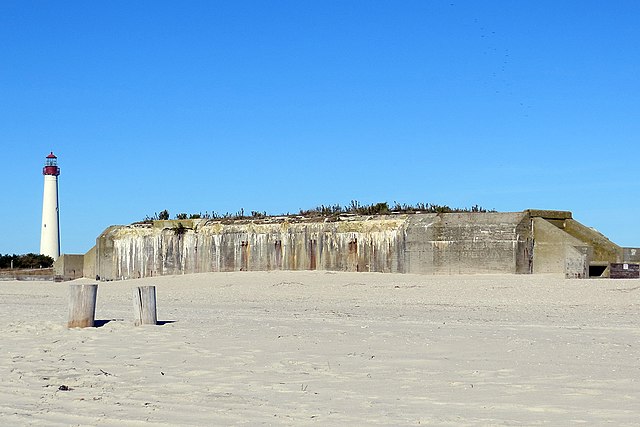
A few years before the United States entered the Second World War, a decision was made to improve the country’s aging coastal defenses. This led to a defensive initiative in 1940, known as the Modernization of the Coast Defense program. Mass production of fortifications began along the East and West coasts. Battery 223 was constructed as one of three 200-series structures for Fort Miles, headquartered at Cape Henlopen, Delaware.
Battery 223 was built to defend the New Jersey coast
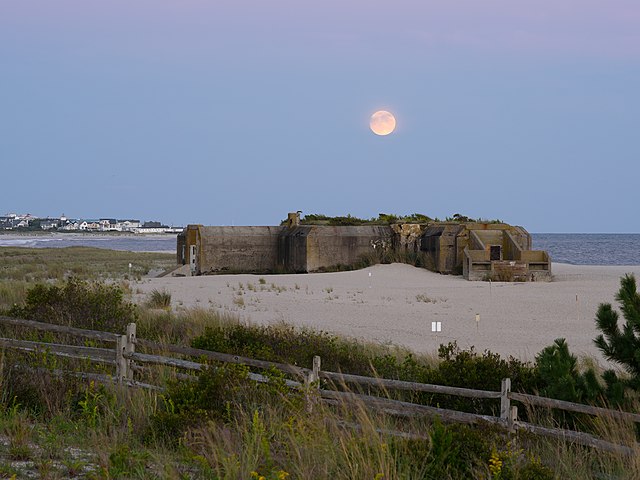
Construction on Battery 223 began in September 1942 and was completed by June ’43. The chosen site had previously hosted a US Coast Guard post during World War I, and it was transferred to the Coastal Artillery in April 1944, at a cost of $500,000.
The design featured a concrete structure with six-foot-thick walls and a robust, explosion-proof roof to protect against both air and sea attacks. It also included an ammunition storage facility and two six-inch rapid-fire guns that had a range of nine to 12 miles.
What made up Battery 223?
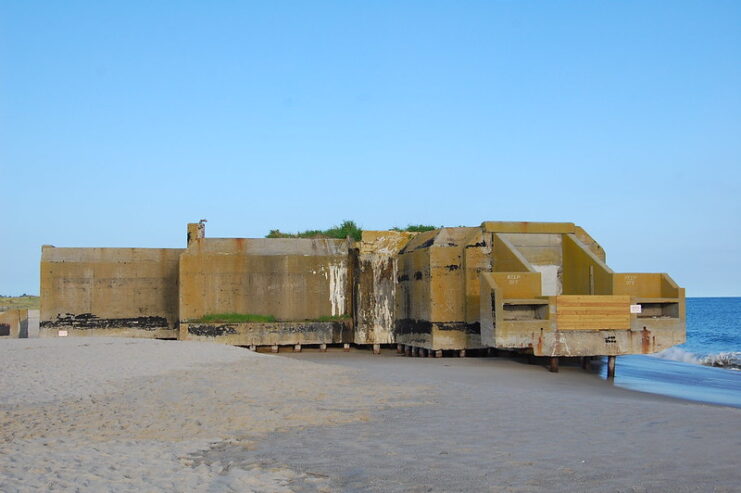
The T-shaped bunker comprised 20 rooms, including shell storage; a plotting room for triangulating readings; a switchboard for connecting to nearby external fire control towers; and a latrine. Additional rooms were used for servicing chemical weapons, and an airlock was installed to protect occupants in the event of a chemical attack.
Electricity was supplied by three diesel generators.
Initially constructed away from the Atlantic Ocean
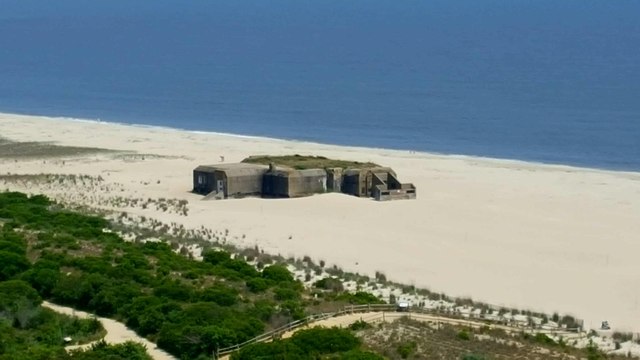
When built, the structure was supported by wooden pilings, which have since become exposed by beach erosion. The bunker was also covered with sod, to blend into its surroundings. It stood 900 feet from the ocean, but, over the decades, changing tides have brought seawater to the bunker, allowing it to intrude.
Battery 223 never saw active service during World War II
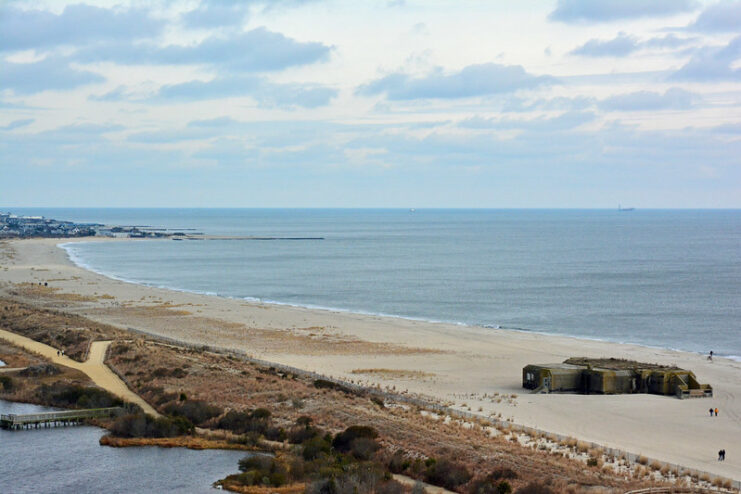
Battery 223 never saw active service, and its guns never engaged an enemy. The only shots fired were during military exercises and live test firings.
Deactivated shortly after World War II concluded
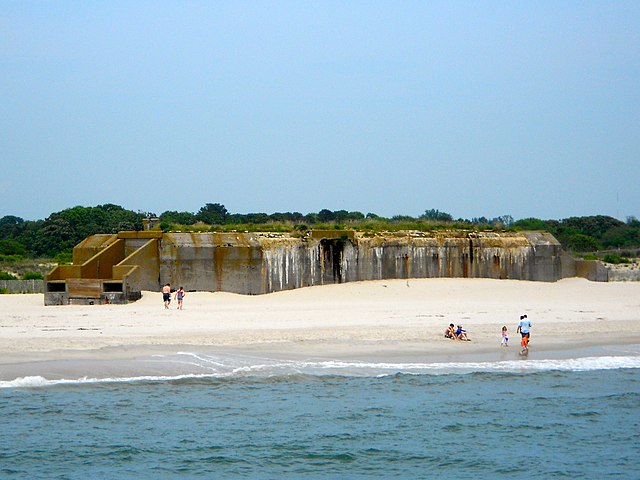
The end of the Second World War diminished the need for coastal defenses, and stationary defensive systems became obsolete, due to advancements in warfare techniques. In 1947, Battery 223 was deactivated, and by ’48, all US Army coastal defense guns were decommissioned.
Recommissioned during the Korean War
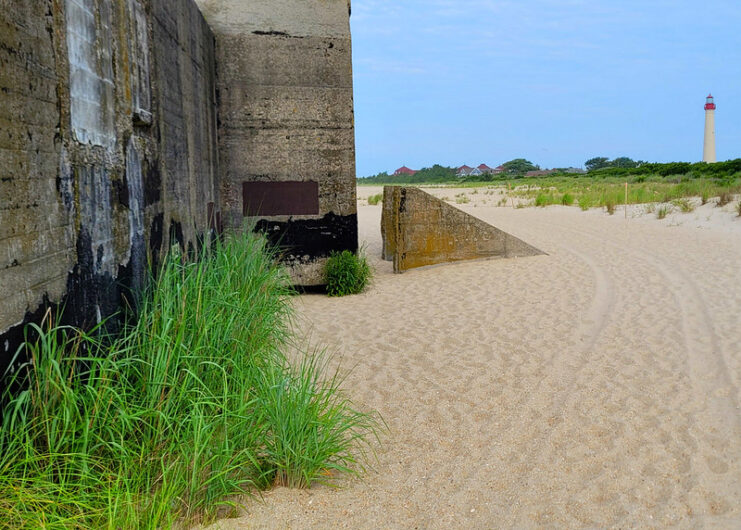
Battery 223 saw renewed use during the Korean War, when the US Navy utilized it as a radio transmitting station for the Atlantic Fleet. The roof was reinforced with concrete to support a Quonset hut made of corrugated steel.
Battery 223 has become part of Cape May Point State Park
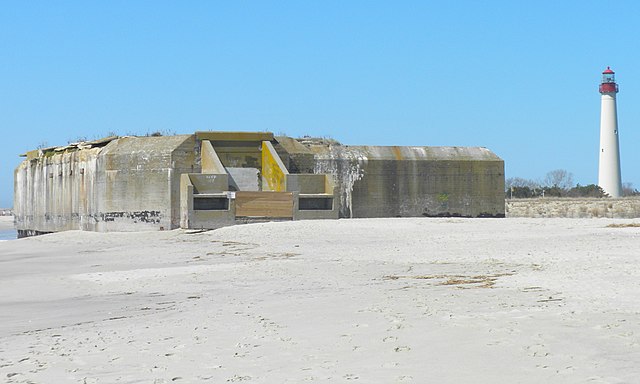
In 1962, the structure became part of Cape May Point State Park, and it was officially decommissioned a year later. While restoration to active duty was considered in the 1990s and 2000s, the high cost meant this never occurred.
Due to the changing tides, there was a risk of Battery 223 becoming completely surrounded by water. However, a local beach replenishment project between 2004-05 saved it from sinking into the ocean’s depths.
Added to the National Register of Historic Places
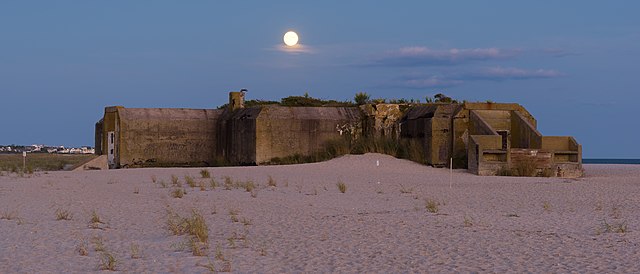
More from us: A Bankrupt Oskar Schindler Abandoned His Wife After World War II
On June 25, 2008, Battery 223 was officially added to the National Register of Historic Places. Today, the remnants of this military structure stand prominently, devoid of the gun mountings or Quonset hut it once housed.
